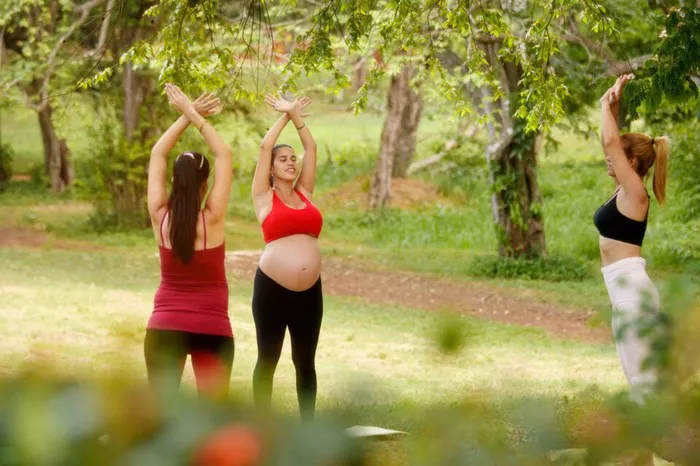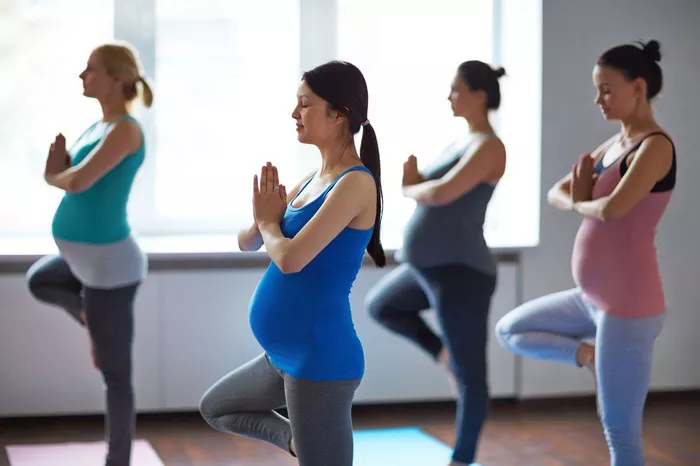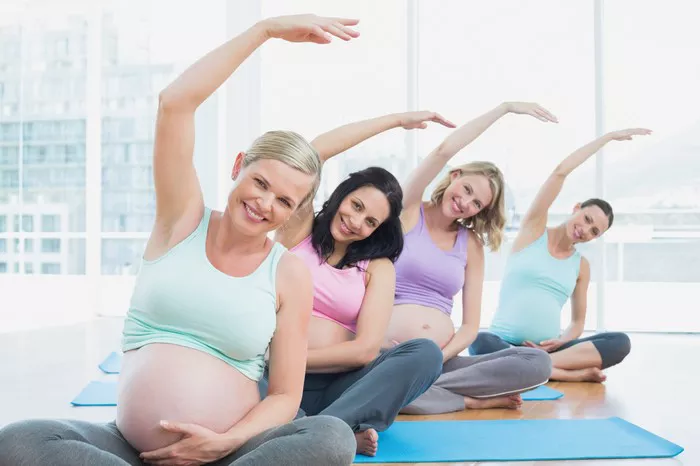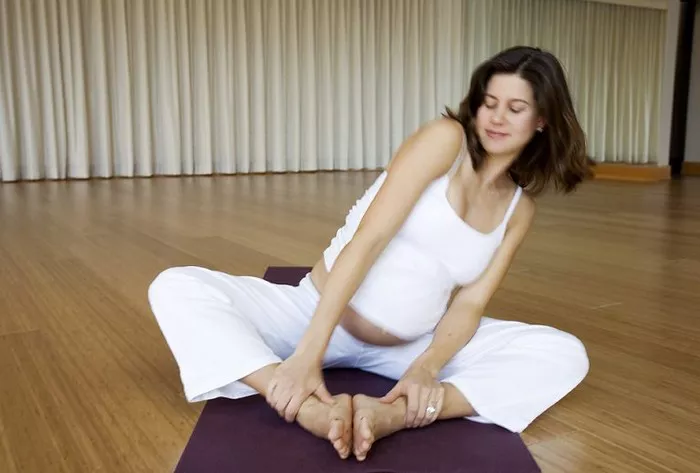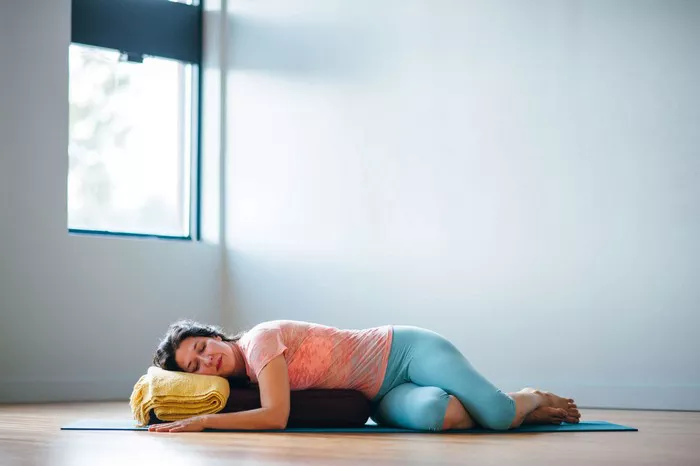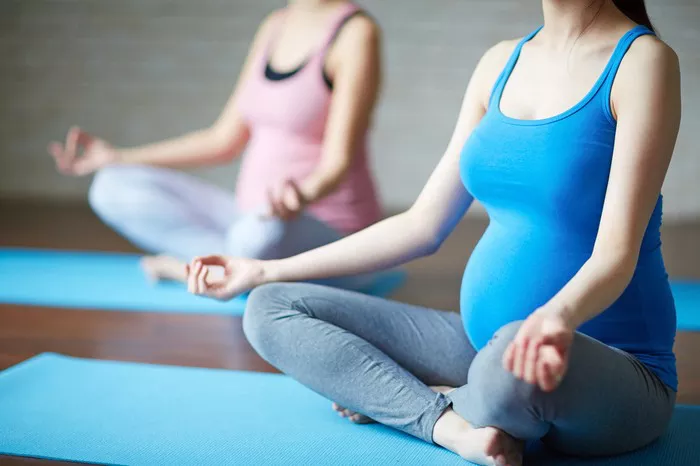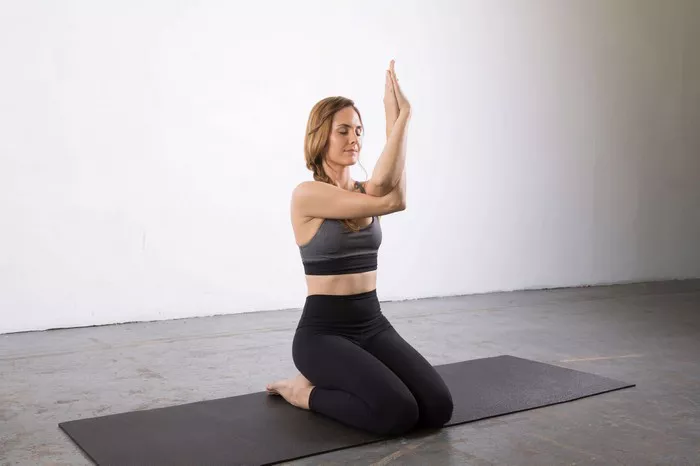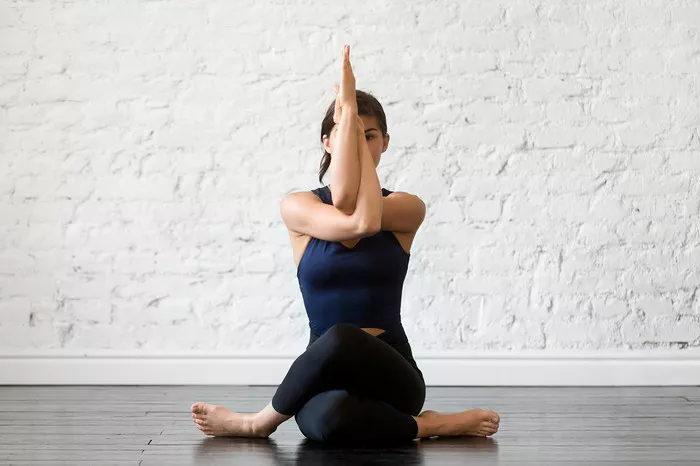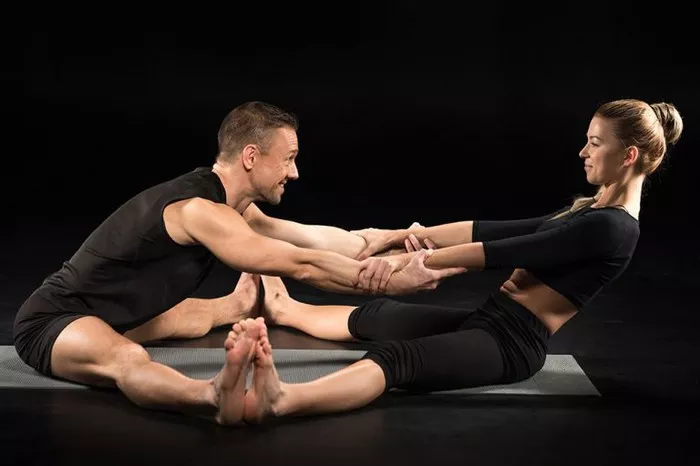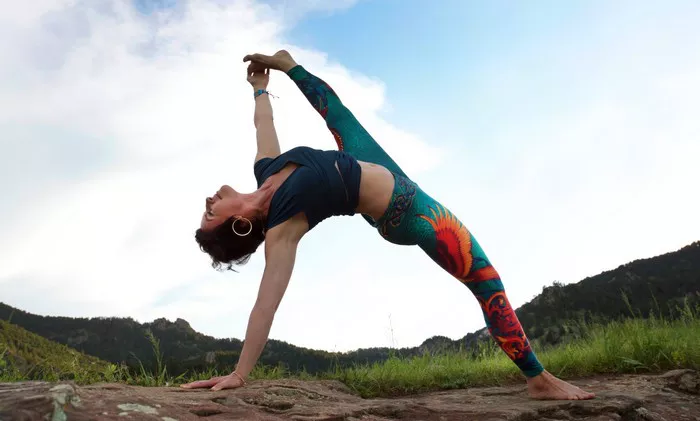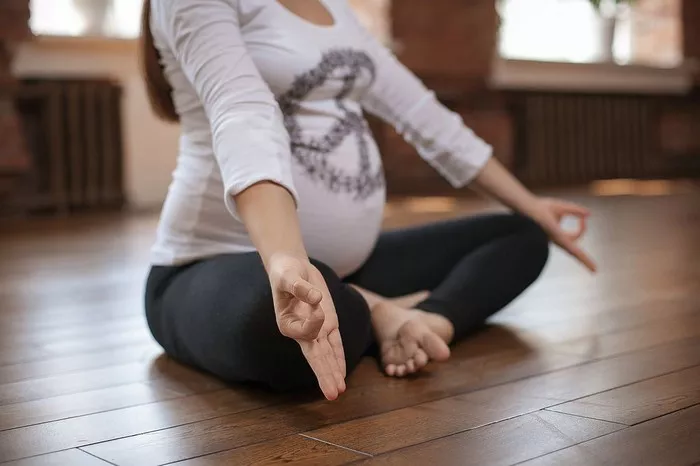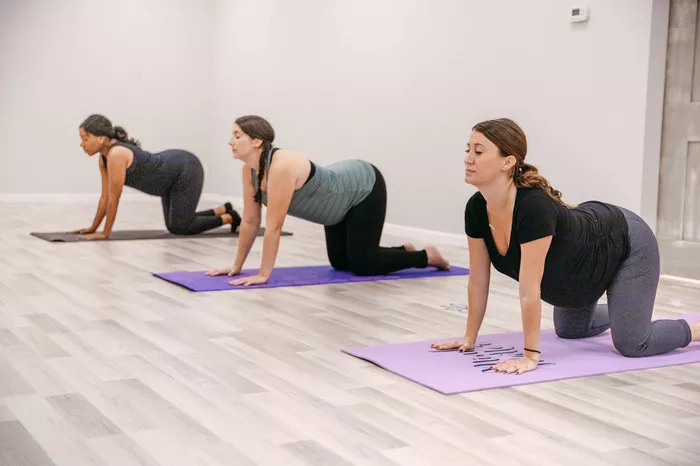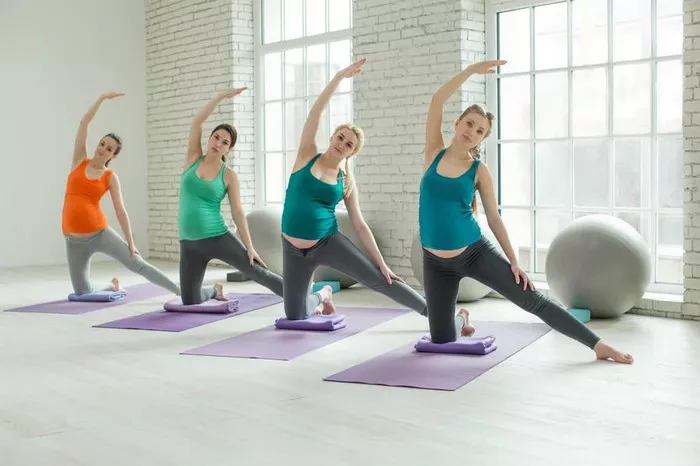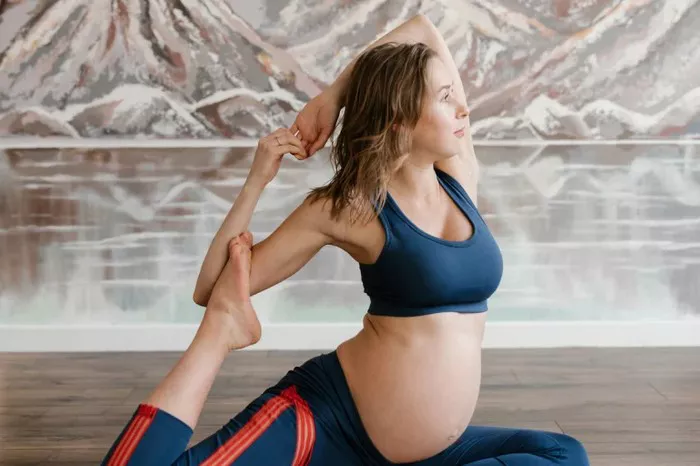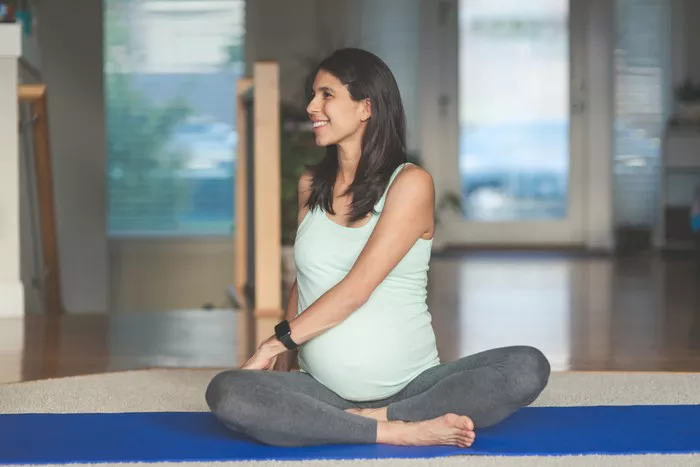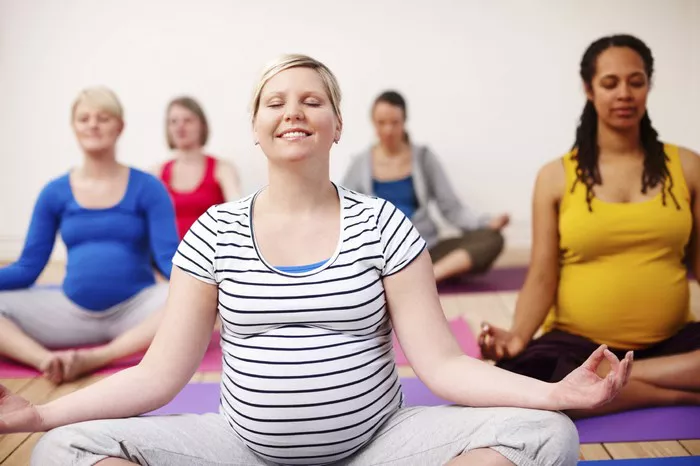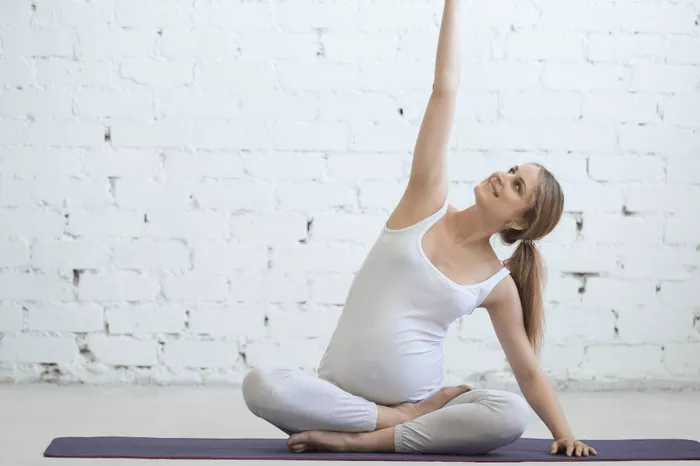Malasana, commonly known as the Garland Pose or Yogic Squat, is a deep squatting posture in yoga that offers multiple benefits, including improved hip flexibility, enhanced digestion, and better posture alignment. This asana is particularly effective in opening the hips, strengthening the lower body, and promoting relaxation. However, despite its many advantages, Malasana is not suitable for everyone. Some individuals may experience discomfort or even injury if they practice this pose without proper modifications or awareness of their body’s limitations.
In this article, we will explore who should avoid Malasana, why it may not be safe for some individuals, and what alternative poses can provide similar benefits without the risks.
Understanding Malasana
Malasana is a yoga posture that requires deep hip flexion, knee bending, and ankle mobility. The feet are placed slightly wider than hip-width apart, and the hips are lowered into a squat while keeping the chest lifted and the spine elongated. The palms are brought together in a prayer position (Anjali Mudra) in front of the chest, with the elbows gently pressing against the inner thighs to deepen the stretch.
This pose targets several muscle groups, including the hip flexors, quadriceps, hamstrings, and core. It also stimulates digestion, strengthens the pelvic floor, and enhances circulation. However, while it may appear simple, Malasana requires a good range of motion in the hips, knees, and ankles, making it challenging for some individuals.
Who Should Avoid Malasana?
1. Individuals with Knee Injuries or Pain
Malasana puts significant pressure on the knee joints due to the deep bend required in the pose. If you have a history of knee injuries, ligament tears, meniscus damage, or chronic knee pain, practicing Malasana could worsen your condition. The excessive strain on the knee joint may lead to discomfort or further injury.
Alternative: Instead of Malasana, try a supported squat with a yoga block or practice a seated hip opener like Butterfly Pose (Baddha Konasana) to ease the strain on the knees while still improving flexibility.
2. People with Ankle Stiffness or Weakness
For Malasana to be performed correctly, the ankles must have enough mobility to allow the heels to stay grounded. If your ankles are stiff or weak, forcing yourself into the pose can lead to instability, discomfort, or even injury. Individuals recovering from ankle sprains or fractures should also avoid this pose until they regain full mobility.
Alternative: Practice seated ankle mobility exercises or use a rolled-up towel or yoga wedge under the heels to provide support while squatting.
3. Those with Hip Joint Issues or Hip Replacements
Since Malasana is a deep hip-opening pose, it can be problematic for those with pre-existing hip joint conditions, such as hip impingement, arthritis, or hip labral tears. Additionally, individuals who have undergone hip replacement surgery should avoid this pose, as excessive hip flexion can cause complications or dislocation.
Alternative: A gentle hip-opener like Reclined Bound Angle Pose (Supta Baddha Konasana) can provide a safer way to increase hip flexibility without excessive strain.
4. Individuals with Lower Back Pain or Disc Issues
Malasana requires a neutral spine with an engaged core to prevent lower back strain. However, those with lower back pain, herniated discs, or sciatica may find this pose uncomfortable or even painful. A rounded lower back in this position can worsen symptoms, especially if there is an existing lumbar spine condition.
Alternative: Practicing a wall-supported squat or Child’s Pose (Balasana) can provide a safer alternative while still allowing for a gentle stretch in the lower body.
5. Pregnant Women (Especially in the Later Stages of Pregnancy)
While some prenatal yoga sequences include Malasana to help prepare for childbirth, it is not recommended for all pregnant women, especially those in the later stages of pregnancy or those experiencing pelvic instability. The deep squat may put excessive pressure on the pelvic floor and cause discomfort or strain.
Alternative: A supported squat with a wall or using yoga props like blocks and bolsters can help provide stability and reduce strain on the pelvic floor.
6. People with Balance Issues or Vertigo
Malasana requires stability and control, and individuals who struggle with balance, dizziness, or vertigo may find it difficult to maintain this pose safely. A loss of balance in this deep squat can lead to falls or injuries.
Alternative: Practicing a supported version with a wall or chair can help provide balance while still allowing for a gentle stretch in the hips.
7. Those with Severe Digestive Disorders or Recent Abdominal Surgery
Although Malasana is known for stimulating digestion, individuals with conditions such as severe acid reflux, irritable bowel syndrome (IBS), or recent abdominal surgery should be cautious. The deep compression in the abdominal area may cause discomfort, nausea, or aggravate existing conditions.
Alternative: Lying-down poses such as Supine Twist (Supta Matsyendrasana) or gentle seated forward bends may provide digestive benefits without excessive abdominal pressure.
8. People with Pelvic Floor Dysfunction
For individuals experiencing pelvic floor dysfunction, including hypertonic (overactive) pelvic floor muscles, Malasana may increase tension rather than provide relief. Since this pose heavily engages the pelvic floor, those with tight or weak pelvic muscles may experience discomfort or worsened symptoms.
Alternative: Gentle stretching exercises, such as Reclined Butterfly Pose (Supta Baddha Konasana) or Happy Baby Pose (Ananda Balasana), can provide a gentler approach to pelvic floor relaxation.
Precautions and Modifications
If you are unsure whether Malasana is safe for you, consider the following precautions and modifications:
- Use Support: Placing a yoga block or folded blanket under the hips can reduce strain and provide better stability.
- Keep the Heels Elevated: If the heels lift off the ground, try using a wedge or rolled-up towel for support.
- Engage the Core: Keeping the core engaged can help maintain spinal alignment and reduce lower back strain.
- Practice Against a Wall: Using a wall for balance support can prevent falls and improve posture alignment.
- Listen to Your Body: If you feel pain, discomfort, or instability, come out of the pose and choose a suitable alternative.
Conclusion
While Malasana is a beneficial yoga pose for many, it is not suitable for everyone. Individuals with knee pain, ankle stiffness, hip joint issues, lower back pain, pregnancy, balance difficulties, digestive disorders, or pelvic floor dysfunction should approach this pose with caution or avoid it altogether. Fortunately, there are many alternative poses that can provide similar benefits without the risks.
Yoga is about honoring your body and practicing with awareness. If you have any medical concerns or injuries, consult a healthcare professional or an experienced yoga instructor before attempting Malasana. Always prioritize safety and comfort in your practice, and remember that there are many paths to achieving flexibility, strength, and relaxation in yoga.
Related Topics:

